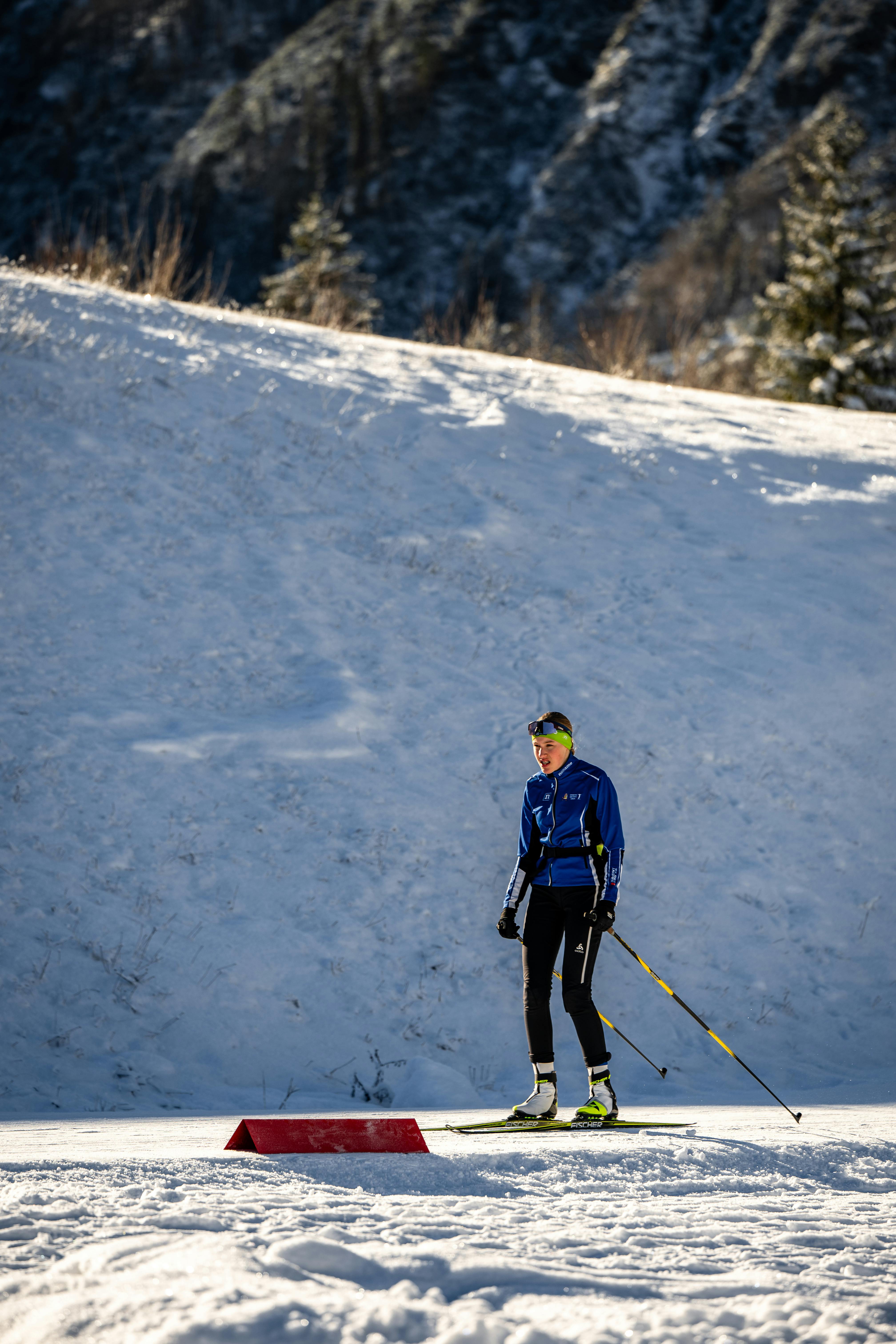The Intricacies of Biathlon: A Blend of Endurance and Precision
The fusion of cross-country skiing and rifle shooting, biathlon is a test of physical endurance and mental fortitude. This unique sport has roots dating back to the survival skills of ancient civilizations and has since evolved into an esteemed Olympic discipline. This article delves into the captivating world of biathlon, its historical evolution, current trends, and the challenges and benefits of adopting this sport.

The Historical Journey of Biathlon
Biathlon has an extensive history that dates back to the prehistoric age. The combination of skiing and hunting was a survival skill for the inhabitants of icy regions such as Scandinavia and Siberia. The skill was eventually transformed into a military training exercise in the 18th century. The first known biathlon competition, “military patrol,” was included in the 1924 Winter Olympics.
The International Biathlon Union (IBU) was formed in 1948, which led to the inclusion of the modern biathlon in the 1960 Winter Olympics. Since then, it has evolved significantly, with changes in equipment, race formats, and rules, making it one of the most demanding and exciting winter sports.
Contemporary Biathlon: Trends and Insights
The world of biathlon has seen numerous trends and developments in recent years. Athletes are now focusing on enhancing their shooting accuracy while minimizing the time spent in the shooting range. They are also optimizing their skiing techniques and physical conditioning to excel in this sport.
The use of laser rifles in youth categories is a recent trend introduced to promote safety. Moreover, women’s participation in biathlon has significantly increased, with the female category being introduced in the 1992 Winter Olympics.
Training for Biathlon: Benefits, Challenges, and Applications
Training for biathlon necessitates the cultivation of diverse skills. The sport offers numerous benefits, such as improved cardiovascular health, enhanced muscular strength, agility, and balance, and honed mental focus.
However, the unique blend of endurance and precision in biathlon also presents challenges. Athletes must rigorously train to maintain their composure and shooting accuracy after intensive skiing phases.
Despite these challenges, the skills and mental toughness cultivated through biathlon training have real-world applications. Athletes often display exceptional resilience, focus, and adaptability, qualities that are beneficial in various aspects of life.
The Science Behind Biathlon: Unveiling the Facts
Scientific research has played an instrumental role in unraveling the intricacies of biathlon. Studies have shown that biathletes have exceptional VO2 max values, indicating their superior aerobic capacity. Research also emphasizes the role of psychological factors such as concentration, stress management, and decision-making in shooting performance.
The Future of Biathlon: A Forward Look
As biathlon continues to evolve, the focus is shifting towards minimizing environmental impact. The use of lead-free ammunition and sustainable infrastructure is being promoted. The future of biathlon also lies in technological advancements, such as precision-enhancing rifle equipment and data analytics for performance optimization.
In conclusion, biathlon is a sport that perfectly encapsulates the human spirit’s resilience and precision. Its rich history and continuous evolution make it a fascinating discipline in the sporting world. The unique blend of physical and mental skills required in biathlon serves as a testament to the multifaceted nature of sporting excellence.




